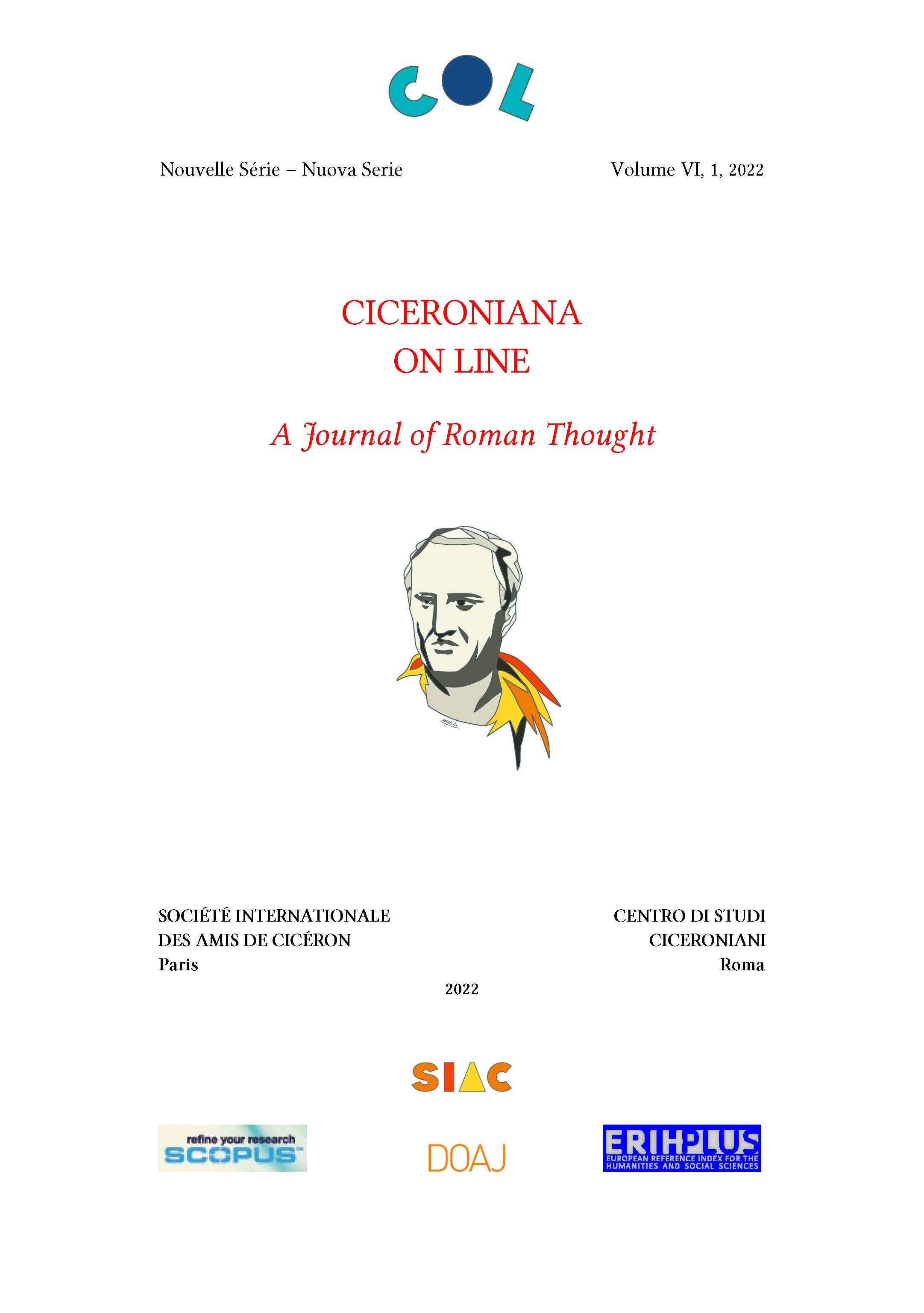How to Get Away with Murder? Cicero's Pro A. Cluentio Habito as a criminal case with inheritance law implications
DOI:
https://doi.org/10.13135/2532-5353/6868Abstract
In 66 BC, Cicero took up the defence of Cluentius Habitus minor, who had been accused of murdering his stepfather Oppianicus maior. Through a reading of the Pro Cluentio, this paper examines the way in which wills and testaments are deployed as strategies to cope with contingency and future action, particularly in the context of a legal defence strategy. If contingency is to be understood as that which is possible or as an alternative to reality, then strategies for dealing with contingency and future action are to be considered as those actions that anticipate the coordination of an individual’s actions and/or limit the range of options for actions, and in this way these strategies make future actions more predictable. In this sense, a testament can be regarded as the plan of a testator*testatrix for a future without him, i.e. he makes arrangements and provisions for family members and friends. Being able to adequately face a court trial also requires a plan in the sense of a strategy to refute the prosecution’s arguments, to put the accused person in the appropriate light and to introduce an alternative narrative or suspect. Both levels just outlined are closely intertwined in the court speech: allegations surrounding the murder of Oppianicus focused on the habitus of the parties involved. A person’s status could also be determined from his habitus, especially in connection with inheritance. Cicero therefore evokes in various writings that for him the voluntas testatoris was to be fulfilled unconditionally, even if this did not always correspond to the laws. Such a self-imposed guideline offered orientation and at the same time showed pietas towards the testator.
Downloads
Downloads
Published
How to Cite
Issue
Section
License
Authors who publish with this journal agree to the following terms:
- Authors retain copyright and grant the journal right of first publication with the work simultaneously licensed under a Creative Commons Attribution License that allows others to share the work with an acknowledgement of the work's authorship and initial publication in this journal.
- Authors are able to enter into separate, additional contractual arrangements for the non-exclusive distribution of the journal's published version of the work (e.g., post it to an institutional repository or publish it in a book), with an acknowledgement of its initial publication in this journal.


 Ciceroniana On Line is recognised by ANVUR (the National Agency for the Evaluation of the University System and Research) as a CLASS A journal for the Sciences of Antiquity, Philology, Literature and History of Art (
Ciceroniana On Line is recognised by ANVUR (the National Agency for the Evaluation of the University System and Research) as a CLASS A journal for the Sciences of Antiquity, Philology, Literature and History of Art ( The journal is included in DOAJ. The DOAJ listing of the journals is available at
The journal is included in DOAJ. The DOAJ listing of the journals is available at  The journal is indexed in
The journal is indexed in  The journal has been included in ERIH PLUS. The ERIH PLUS listing of the journals is available at
The journal has been included in ERIH PLUS. The ERIH PLUS listing of the journals is available at 

